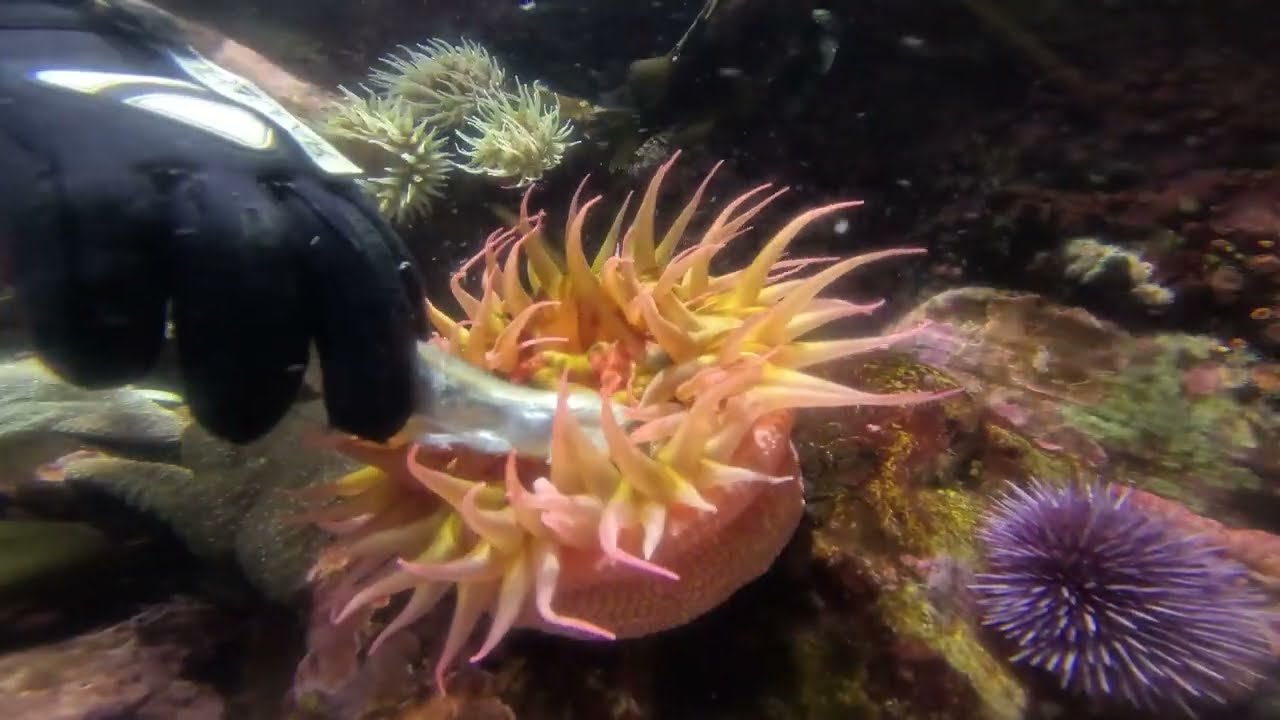– The importance of diet in fish nutrition and health
– Techniques for feeding fish in controlled environments
– The role of feeding practices in aquatic conservation efforts
– Insights into the societal and environmental impacts of aquaculture feed sourcing
Feeding fish is critical to managing aquatic environments, whether in a home aquarium, zoo, or aquatic conservation project. This process is more than just a daily routine; it is an integral part of ensuring the health, development, and sustainability of fish populations. A fish’s diet significantly influences its growth rate, reproductive success, and overall well-being. Therefore, understanding what constitutes a proper diet for various fish species is paramount for anyone involved in their care and management.
Fish nutrition is a complex field that requires a comprehensive understanding of the dietary needs of different species. These needs can vary significantly, depending on various factors such as the fish’s natural habitat, lifestyle, and physiological requirements. For instance, herbivorous fish primarily feed on plant-based materials, whereas carnivorous fish require a protein-rich diet, usually from other fish or aquatic organisms. On the other hand, omnivorous fish have a more flexible diet that includes both plant and animal sources. Managing these dietary needs in a controlled environment requires a precise approach, often involving specialized feeds that mimic natural diets as closely as possible to support optimal health and vitality.
The technique of feeding fish also plays a crucial role in managed aquatic settings. Overfeeding can lead to water pollution due to the accumulation of uneaten food and fish waste, potentially harming the fish by promoting the growth of harmful bacteria and altering the water’s chemical composition. Conversely, underfeeding can lead to malnutrition, making fish more susceptible to diseases and reducing their lifespan. Therefore, those responsible for feeding fish must adopt a balanced approach, carefully measuring the amount of feed and paying close attention to the fish’s eating behaviors and physical health indicators.
Aquatic conservation efforts greatly benefit from proper fish-feeding practices. In captive breeding programs aimed at replenishing endangered fish populations, for example, ensuring that the fish receive an optimal diet is essential for promoting healthy breeding behaviors and ensuring offspring survival. Additionally, conservation programs can minimize their environmental footprint by selecting sustainable sources for fish feed. Sourcing feed from responsibly managed fisheries or utilizing alternative, less environmentally demanding ingredients contributes to broader conservation goals by reducing the impact on wild fish stocks and promoting healthier ecosystems.
The societal and environmental implications of sourcing feed for aquaculture are profound. As global demand for fish continues to rise, so does the pressure on wild fish populations and ecosystems from overfishing. The aquaculture industry, therefore, faces the challenge of finding sustainable feed solutions that do not exacerbate these pressures. This includes exploring novel feed ingredients such as insect protein, algae, or byproducts from the food industry that can replace traditional fishmeal and fish oil. By adopting these sustainable feeding practices, the aquaculture sector can contribute to preserving biodiversity, ensuring food security, and supporting the livelihoods of communities reliant on fishing and fish farming.
Feeding the fish is a multifaceted activity that demands a deep understanding of nutritional science, diligent management practices, and a commitment to conservation principles. Through education, research, and the adoption of sustainable practices, individuals and institutions can play a vital role in supporting the health and sustainability of aquatic life. This endeavor is crucial for the well-being of fish populations and maintaining the ecological balance of aquatic ecosystems and securing the future of global fish resources for generations to come. Responsible fish-feeding practices directly contribute to a more sustainable and environmentally conscious approach to fish management and conservation.
*****
Source Description
Variety is the spice of life! Aquarists can enrich the lives of fish and invertebrates by changing how they’re fed. During a broadcast feed, staff scatter food across the water’s surface; during a pole feed, staff feed individual fish using a long pole; and during a dive feed, staff can deliver food directly to an animal’s mouth.
#enrichment #animalcare #animalwellbeing #oregon #oregoncoast #oregoncoastaquarium

